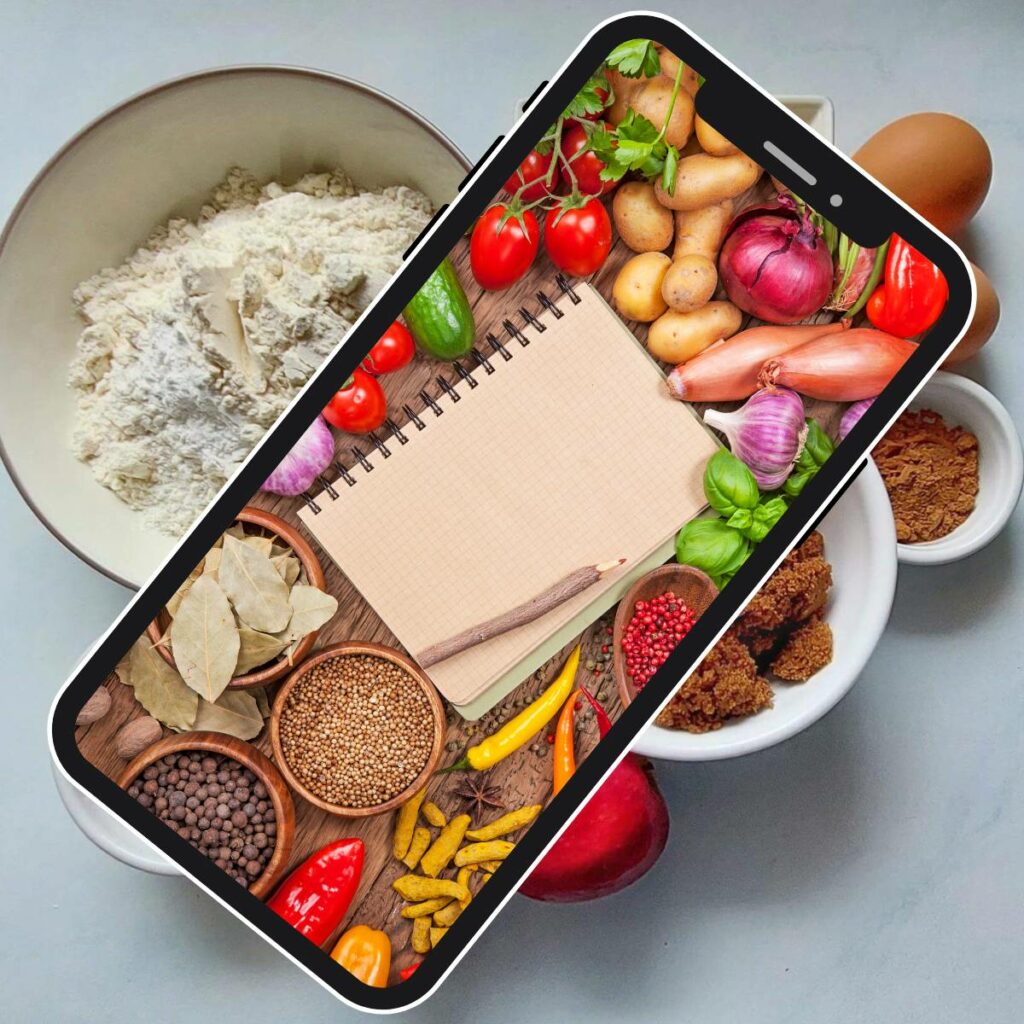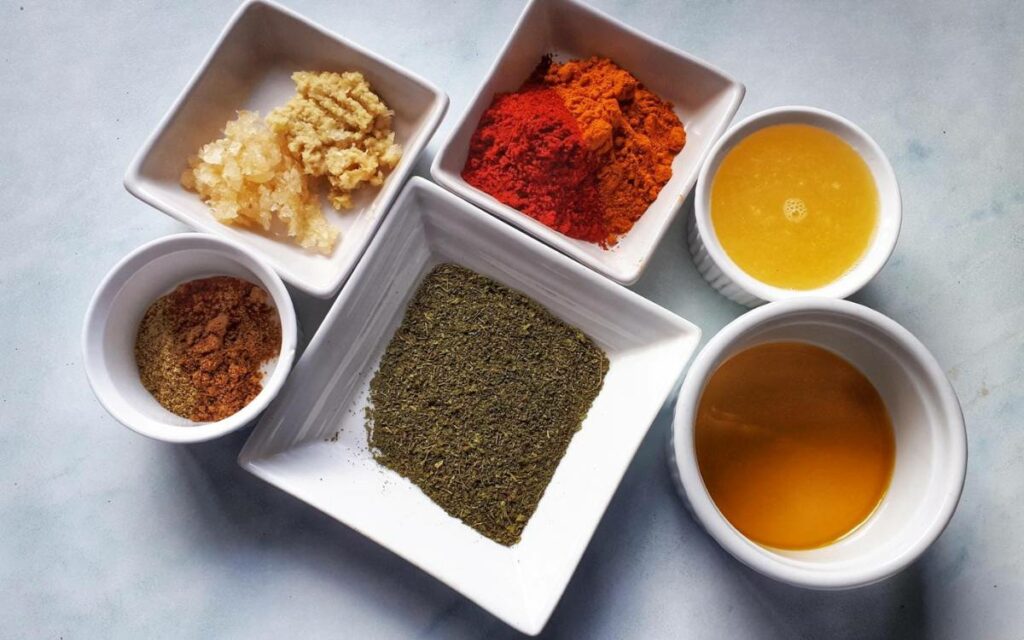Privacy Policy | Terms and Conditions | Disclosure Statement | License Policy
COPYRIGHT © 2024 | NUMBER 8 COOKING | ALL RIGHTS RESERVED.

Privacy Policy | Terms and Conditions | Disclosure Statement | License Policy
COPYRIGHT © 2024 | NUMBER 8 COOKING | ALL RIGHTS RESERVED.

Privacy Policy | Terms and Conditions | Disclosure Statement | License Policy
COPYRIGHT © 2024 | NUMBER 8 COOKING | ALL RIGHTS RESERVED.
undefined error, check the conversion, input, or output units.
Cooking without guesswork is a therapeutic and fulfilling activity. However, at times it can also be frustrating, especially when you’re trying to work out conversions for a new recipe.
ADVERTISEMENT CONTENT BELOW
When you’re trying to follow a recipe and it calls for a specific amount of an ingredient. Or the recipe is in metric and you’re used to working in imperial units.
That’s where conversions come in. Conversions are the key to cooking without guesswork. Grams to ounces, kilograms to pounds, liters to gallons it all can be a little confusing.
In this article, we’ll cover the basics of conversions and how they can help you become a more confident and proficient cook. Also, we’ve got a handy unit converter that you can use.

ADVERTISEMENT CONTENT BELOW
Cooking without guesswork and knowing my conversions is critical to ensure my recipes come out perfect every time. This is crucial when I’m cooking for paying customers or planning, cooking, and writing recipes that I’ll be sharing with you.
As a professional chef, it is essential for me to have an accurate understanding of measurements. This applies to dry ingredients, proteins, liquids, and temperatures. Converting imperial to metric, Celsius to Fahrenheit, and back again.
I’ve learned to work with both imperial and metric, Celsius to Fahrenheit, it has become second nature. This is my deep dive into mass, volume, and degrees conversions.
Conversions are important in cooking because recipes are often written using a standard set of measurements. For example, a recipe might be 1 pound of steak and 2 ounces of mushrooms. These measurements are based on British imperial and United States customary systems of measurement.
However, not all countries use this system, and some use different units of measurement. In New Zealand, we use the metric system which is measured in units of kilograms, grams, liters, and milliliters.
This means that if you’re trying to follow a recipe from a different country, you need to be able to convert the measurements into the units you’re familiar with.
Cooking especially baking requires a precise measure of ingredients for a successful result. There are two main types of measurements in cooking, dry and liquid.
Dry measurements include ingredients such as flour, sugar, and salt. These ingredients are typically measured using a measuring cup, 1 standard cup would be filled to the top, also known as a flat cup.
Liquid measurements, on the other hand, include ingredients such as stock, oil, and milk. These ingredients should be measured using a liquid measuring jug.
When it comes to cooking, measuring ingredients accurately is key to achieving the desired outcome. When it comes to liquids, it’s especially important to know how to convert between different units of measurement. Here are some basic liquid conversions that will help you in your cooking adventures:
If you’re wanting to break this down further, it’s easy.
This same formula can be used for breaking down other measurements. (unit of measurement divided by the required fraction).

ADVERTISEMENT CONTENT BELOW
Ounces and grams are two common units of measurement for ingredients, especially for baking. When a recipe calls for ounces, and you’re used to working in grams it’s important that you convert the weight to the correct amount. Here’s a simple conversion to help you:
Temperature plays a crucial role in cooking and can greatly impact the outcome of your dish. Whether you’re baking, roasting, braising, or cooking something to a precise temperature like a med rare steak.
It’s essential to have a good understanding of temperature and how to measure it accurately. Temperature is measured in either Fahrenheit or Celsius.
The last thing you want is to bake a cake at 180°F because you’ve mistaken Celsius for Fahrenheit. It’s not going to end well… 180°F is 82°C you can imagine how that cake will turn out.
If a recipe states a temperature in Fahrenheit, and you’re accustomed to working in Celsius you can easily convert it to Celsius using a simple formula.
| Gas Mark | Fahrenheit (F) | Celsius (C) | Convection (Fan) | Heat Description |
|---|---|---|---|---|
| 1/4 | 225°F | 110°C | -10° | Very low |
| 1/2 | 250°F | 120°C | -10° | — |
| 1 | 275°F | 135°C | -15° | Low |
| 2 | 300°F | 150°C | -15° | — |
| 3 | 325°F | 165°C | -15° | Moderately low |
| 4 | 350°F | 180°C | -15° | Moderate |
| 5 | 375°F | 190°C | -10° | — |
| 6 | 400°F | 205°C | -15° | Moderately hot |
| 7 | 425°F | 220°C | -15° | Hot |
| 8 | 450°F | 230°C | -15° | — |
| 9 | 475°F | 245°C | -15° | Very hot |
| 10 | 500°F | 260°C | -15° | Extremely hot |
ADVERTISEMENT CONTENT BELOW
Aside from the basic conversions we’ve already covered, it’s also helpful to know the conversions for common ingredients in cooking. Here are some examples:
*These weights could be slightly different with varieties, brands, and countries.
SUGAR
FLOUR
BUTTER
HENS EGGS
Cooking without guesswork requires a bit of know-how. However, with the right knowledge of conversions, it can be a breeze.
Whether you’re following a recipe from another country or just trying to convert ounces to grams, conversions are essential to success.
With these basic unit conversions under your belt, you’ll be able to make those important conversions from metric to imperial with ease.
So, take some time to familiarize yourself with these basic conversions, and don’t forget to bookmark this page for future reference. Now start cooking without guesswork.